- Explore the sacred and rustic hills around the peaceful Rila Monastery.
- Relax sunbathing or strolling down the seaside promenade in the ancient town of Varna
- The wonder of watching the Sound and Light Show over the medieval Tsarevets Fortress in Veliko Tarnovo
- Spend the day tasting wines that the Trojans tried in one of the oldest wine regions in the world in Bessa Valley.
- Take in the ancient wonders while walking down the old town of Plovdiv that is older than Greece and Rome.

Best Things to Do in Bulgaria
Icons & Hidden Gem Travel ExperiencesTop Bulgaria Experiences
Unlock Community Benefits
Travel better together
- Save favorite trips and itineraries
- Get insider insights
- Receive personalized recommendations
- ... and much more
Things to do in Bulgaria - Expert's guide
1. Rila Monastery
One of the most visited sites in Bulgaria, the Rila Monastery is a holy and calming oasis in the middle of the Rila Mountains. The Rila Monastery is a short drive outside of Sofia and was founded in the 10th century by a religious hermit, St. John of Rila. After he died, his tomb and home became a sacred site in the hills.
The monastery is a stunning site with its ornately detailed Eastern Orthodox chapel and quiet and peaceful atmosphere. If you are visiting during the winter or early spring, you may have issues getting to the monastery as the roads in the mountains may be covered by snow or mudslides from melting snow. Tourists can stay here overnight, but it is rustic as there is no running water.
2. Alexander Nevsky Cathedral
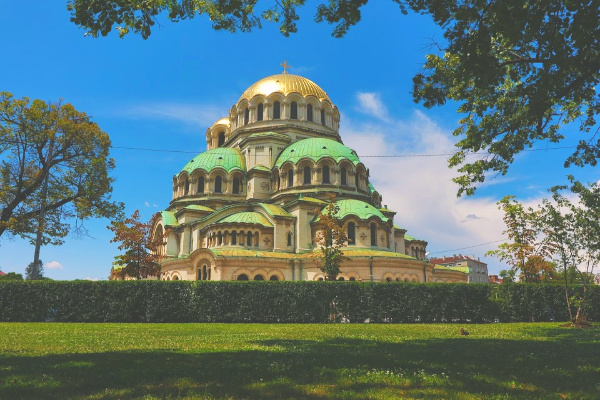
The green and gold covered domes of this large cathedral is one of the main symbols for Bulgaria and Eastern Europe. The cathedral was built in the Neo-Byzantine style and is the home of the Patriarch of Bulgaria. The cathedral was built in the late-1880s in honor of the Russian and Bulgarian men who died to gain Bulgaria’s freedom from the Ottoman Empire.
The cathedral is a focal point in Sofia and is close to other major sites such as the National Art Gallery and the National Museum of Natural History. If you wish to take pictures inside, and it is highly recommended that you do, you will have to pay a small fee.
3. Plovdiv
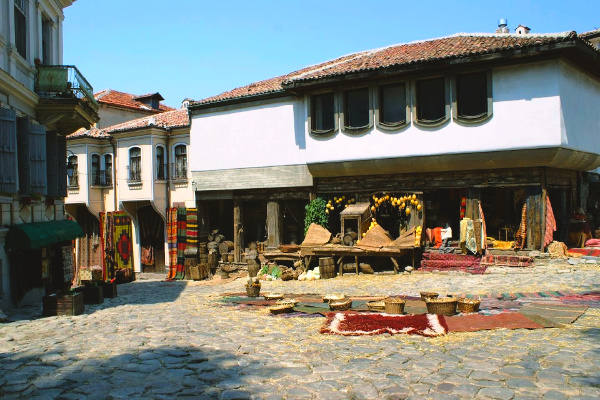
This unassuming city in southeastern Bulgaria with its many hills and historic buildings is one of the oldest cities in the world. With the remains of settlements found dating back to the 6th millennium BCE, Plovdiv has a history and culture that has seen everything.
Ruins of Plovdiv’s vast past can be found in every part of the city, including the old town and even in the local H&M store which features a viewing point in the floor of the ruins that are buried beneath the store.
Plovdiv is often referred to the cultural center of Bulgaria because of its long history and was chosen as one of Europe’s Capitals of Culture for 2019.
4. Sozopol
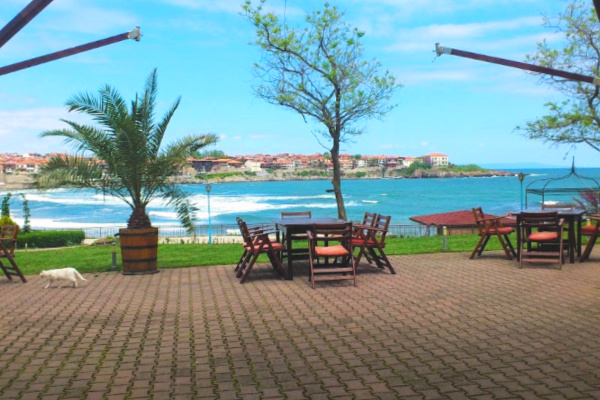
Many may forget that Bulgaria isn’t just a place to visit for culture and history, but is also a great summer beach location. Bulgaria’s east coast is dominated by the Black Sea. One of its romantic and colorful seaside cities, Sozopol, is a top place to visit.
Sozopol is an ancient seaside city that has become one of the top resort towns and is also home to a film festival and a unique cuisine that combines the traditions of the Balkans with the Mediterranean.
5. Tsarevets Fortress
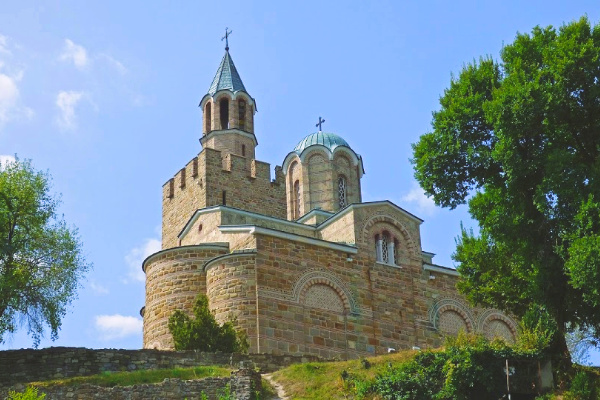
This mighty fortress was once the home of the royal family of the Second Bulgarian Empire for 200 years during the Middle Ages. The fortress is built over a large hill overlooking the city of Veliko Tarnovo in northern Bulgaria.
The complex’s main features are the impressive stone gate, the ruins of the palace, and the old cathedral that overlooks the entire compound. From this hill you can catch amazing views of the surrounding hills and homes of the city below.
If you are lucky enough to be visiting at the right time, you’ll catch the amazing Sound and Light Show that is put on at the fortress that features colorful lights, lazers, and music to honor the Second Bulgaria Empire.
6. Varna
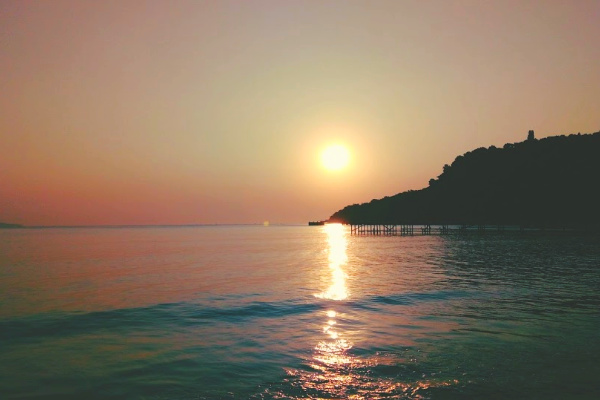
Bulgaria’s most famous seaside city, Varna was once a Thracian village that grew into a bustling seaside port and major economic center for Bulgaria. The city is richly packed with sandy beaches, historic homes, and a bustling nightlife. However, Varna can be very busy during the summer months as it is a top resort town in Eastern Europe.
One of the city’s most famous attractions is actually in a museum. The treasure of Varna is a collection of gold and gems that were found at the ancient Thracian necropolis in the city and date back 6,500 years!
7. Summer Palace of Queen Marie & Botanical Gardens
Another seaside attraction in Bulgaria is the Summer Palace of Queen Marie and Botanical Gardens. The palace was built in 1926 by the King of Romania for his wife when this part of Bulgaria was still included in the Kingdom of Romania. The palace is small, but romantic, and is intricately detailed. The palace is mostly famous for its extensive botanical garden with over 2,000 different plant species.
8. Bansko
Bulgaria isn’t only an amazing place to visit during the summer months, but is also a popular ski destination as well. Bansko is one of the top ski resorts in the Pirin Mountains of southeastern Bulgaria.
Like the rest of Bulgaria, Bankso is an ancient city that has seen the test of time and developed into a modern hub. The mountains surrounding this city are competing with resorts in other parts of Europe because of its budget friendly activities. Bankso is also a top hiking destination during the summer.
9. Sofia
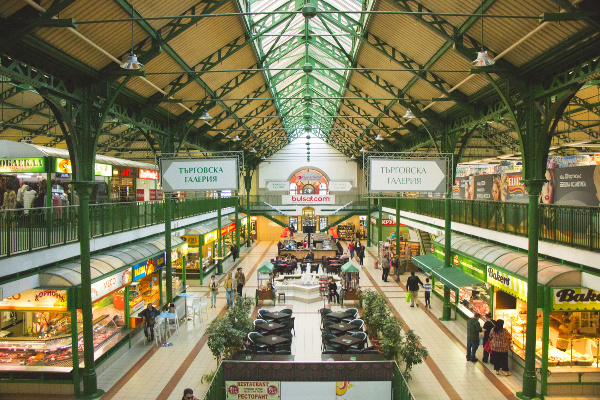
The cosmopolitan and center of Bulgaria, Sofia is a city that is quite unlike any other. The city magically combines the ancient times of Bulgaria, the rule of the Ottoman Empire, the rise of the Soviet Union, and the new hip and funky trends of the modern day. You’ll find historic churches and buildings throughout the city, which can only be equaled by the many relaxing parks that are scattered throughout the city.
The city also has a growing eclectic food scene where you can visit small hole-in-the-wall cafes serving traditional Bulgarian fare or bistro and soup shops.
10. Veliko Tarnovo
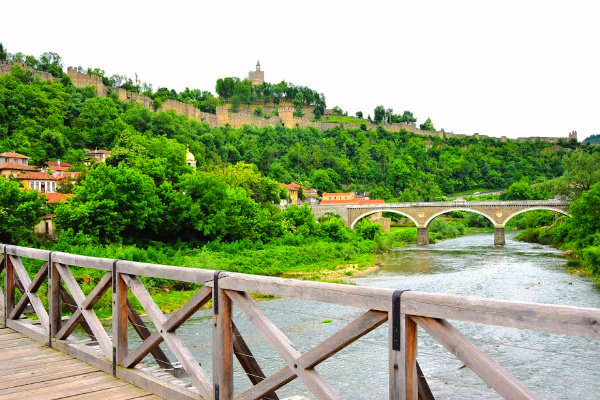
“The City of the Tsars.” Veliko Tarnovo is built above above and around the Yantra River and was once the home of the ruling power of the Second Bulgarian Empire. Veliko Tarnovo is a unique city that is built on the bluffs above the river along three different hills. Some of its most amazing sites are the monuments across the ancient stone bridge, the old town, and the Tsarevets Fortress where the royal palace of the empire once sat.
Want a tailor-made trip instead?
Your trip, your way, planned by an expert:
- You choose budget, destinations, activities, transport & lodging type
- Expert designs the itinerary for you, and once approved, takes care of logistics
Trusted Customer
Oct 2024
Ancient Macedonia
This is a varied and well paced trip across 3 countries, including visits to many ancient sites, monasteries, beautiful scenery, boat trips and a day by the sea. The...
Andrew
Oct 2024
Ancient Macedonia
This is a fascinating and well balanced itinerary. There is consistency, continuity and variety in the sites and sights, so you are left feeling very satisfied at th...
Susan
Oct 2024
Grand Tour of Romania, Serbia and Bulgaria
This is a wonderful holiday with a large number of interesting, beautiful and amazing places to explore, but please do not choose to book it unless you are happy wit...
Practicalities & Logistics
Useful Links
- Bulgaria's Weather Overview: Live Weather, Forecasts, and Averages
- Additional Information About Bulgaria
Visa Information
Visa Needed? Link US N (< 90 days) Visas to Bulgaria for United States Citizens UK N (< 90 days) Visas to Bulgaria for United Kingdom Citizens CA N (< 90 days) Visas to Bulgaria for Canadian Citizens AU N (< 90 days) Visas to Bulgaria for Australian Citizens NZ N (< 90 days) Visas to Bulgaria for New Zealand Citizens IN Y Visas to Bulgaria for Indian Citizens















